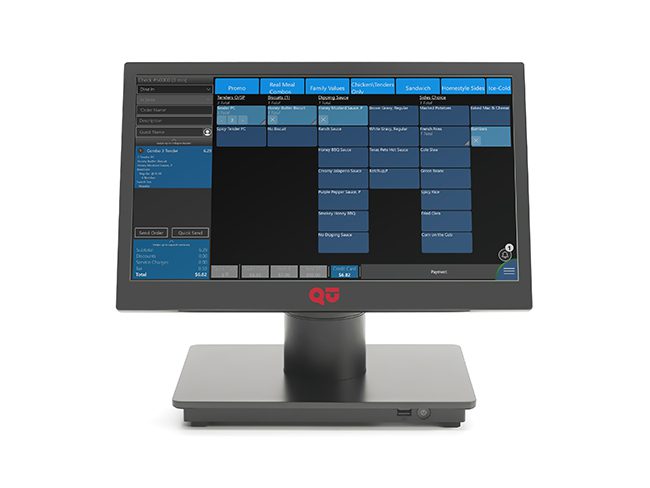Qu, a rapidly growing tech company creating omnichannel POS for enterprise restaurants, just announced the launch of its new data-centric platform. The company is pioneering a concept hailed as unified food experiences to solve the fragmented ordering, production, and brand management chaos experienced by restaurateurs.
This is poised to be a game-changer for enterprise restaurant operators.
Qu believes restaurant chains should be able to manage changes, when, where, and how they need—instead of based on arbitrary templates created by vendors. Which is why their new POS platform aims to give operators limitless control of configurations through a revolutionary enterprise management hub. Central to this hub are the industry-first features of Dynamic Stores and Dynamic Items. These features deliver increased levels of flexibility and customization operators desperately need to efficiently manage their business and accelerate revenue generation through data-driven intelligence and reporting.

The platform redefines expectations for “next-gen POS” by providing one consistent and open API structure, supported by a centralized core processing engine irrespective of whether the order originated in the store, through the operator’s website or third-party delivery services. This data-driven foundation enables operating teams to manage all menu and item changes in one place, customizing them based on context and attributes.
Qu’s enterprise POS now features:
- Qu-1MENU Management System, a unified menu system that allows users to holistically manage cross-channel menus through one centralized dashboard, supported by one master menu and dynamic items.
- Direct Third-Party Delivery Integrations processed through the 1-MENU management system alleviate the business and operational challenges introduced by third-party delivery services.
- Enterprise Management Hub:
- Dynamic Stores provide more granular control and data governance. Operators get endless flexibility, with six ways to configure store groups: by menu, store location, employees, tax, discounts, and service charges. Especially useful for large brands with franchisees as the dynamic groups enable inheritance and tagging across categories.
- Dynamic Items give operators the freedom to customize items, layer multiple dimensions and add attributes based on context—all without ever changing the master item. Operators can configure every item to have unlimited dynamic contexts including dayparts, order channels, pricing, promotions, imagery and much more.
- Integrated Digital Suite delivers a consistent brand experience across online, kiosk, and mobile channels with rich, branded templates, improving the overall guest experience.
- Flexible Hardware Options include everything from terminals, tablets, and kiosks to self-order screens and hand-held devices.
All of these features together deliver a unified food experience.
With the industry’s first connected POS platform backed by a single database and a single set of APIs; consistently processing everything from food ordering and production to brand experience.In the fast-moving digital economy, it’s undeniable that multi-unit operators will continue to grapple with technology complexity and revenue challenges until they’re able to consolidate menu systems onto a data-centric, open API platform with one unified codebase. Qu’s agile POS platform was designed specifically to solve the omnichannel chaos. With intelligent menu design, guest personalization, and strategic pricing and promotions in real-time enterprise operators can more confidently improve order accuracy and speed, consistent experiences and ultimately stronger profit margins.
